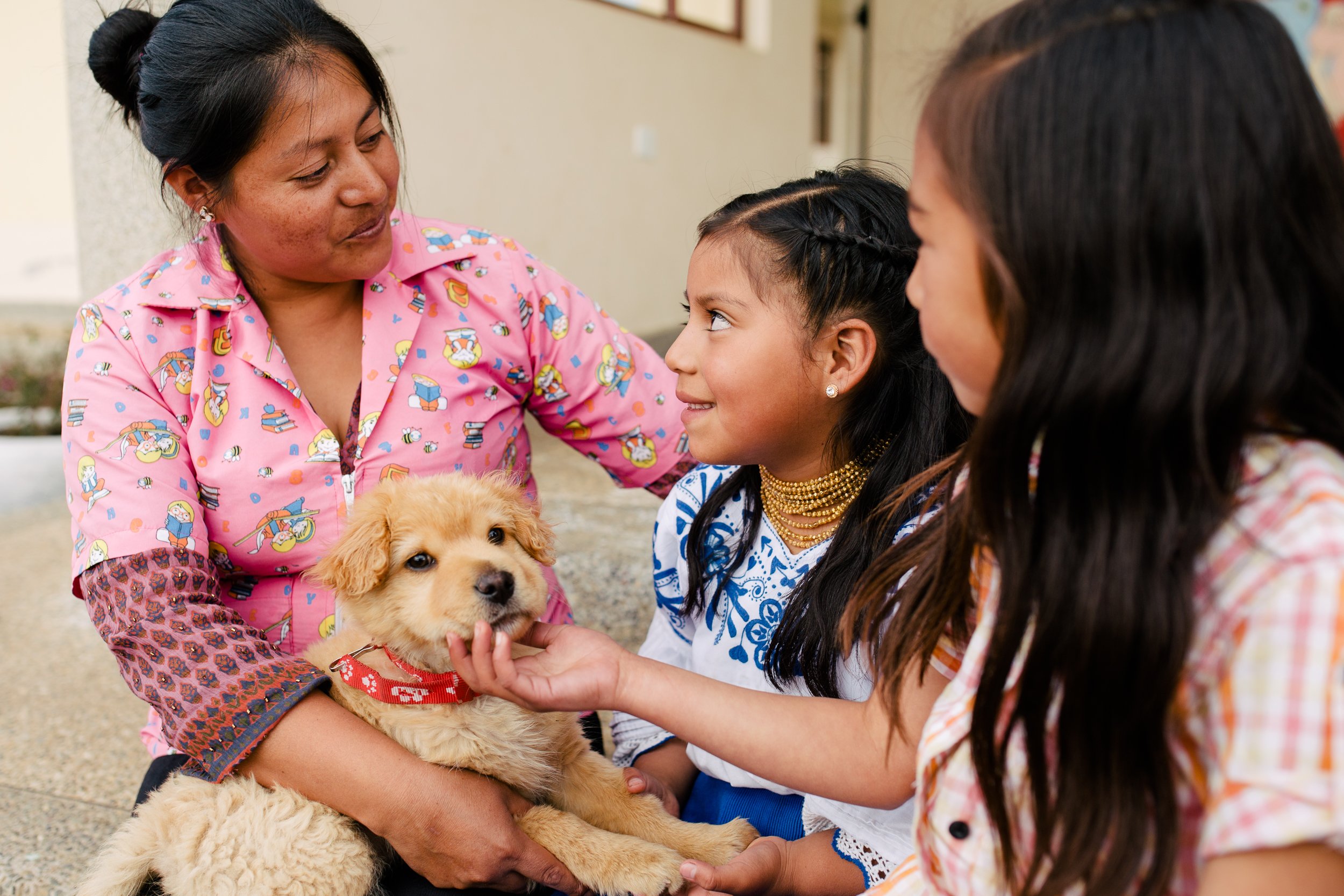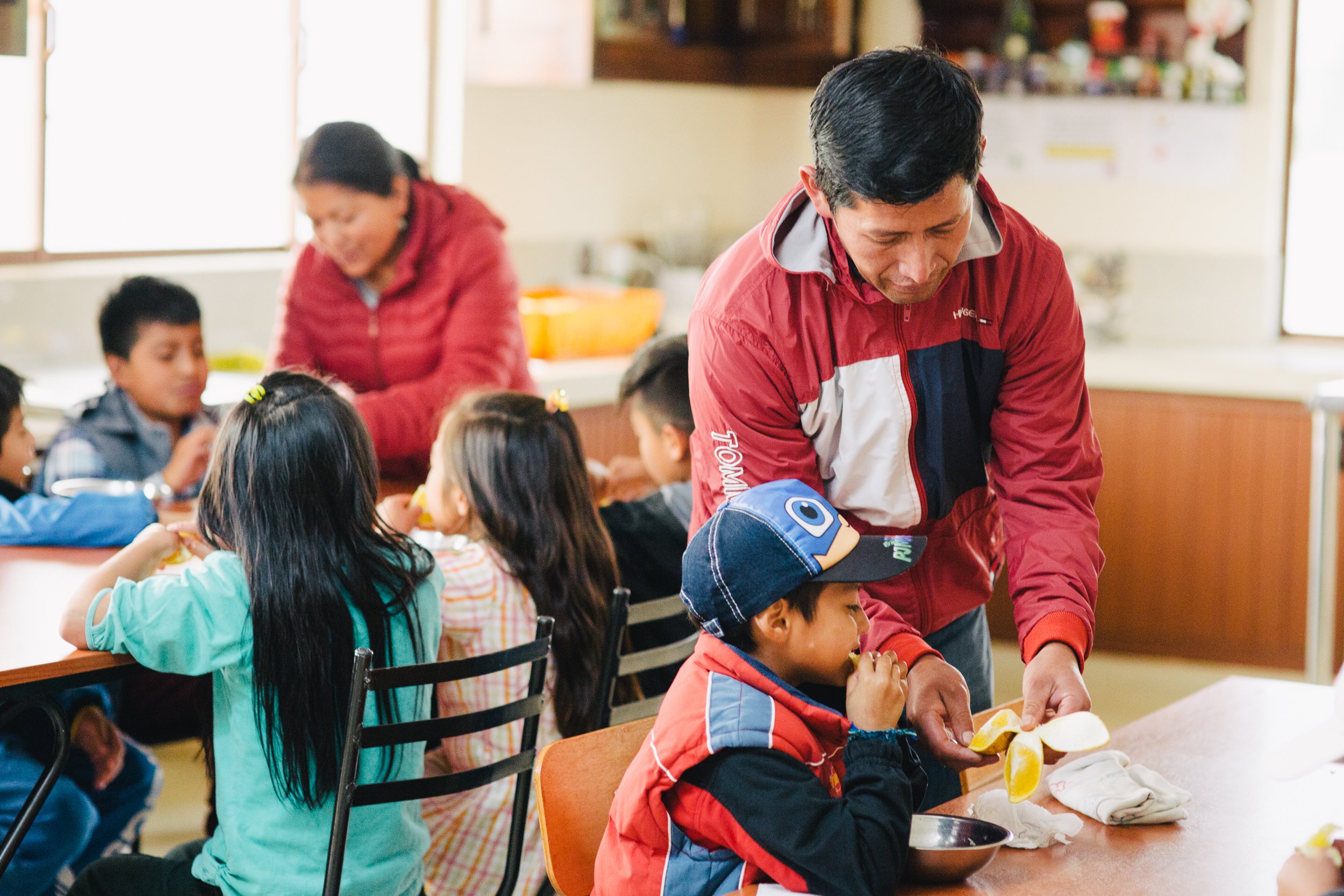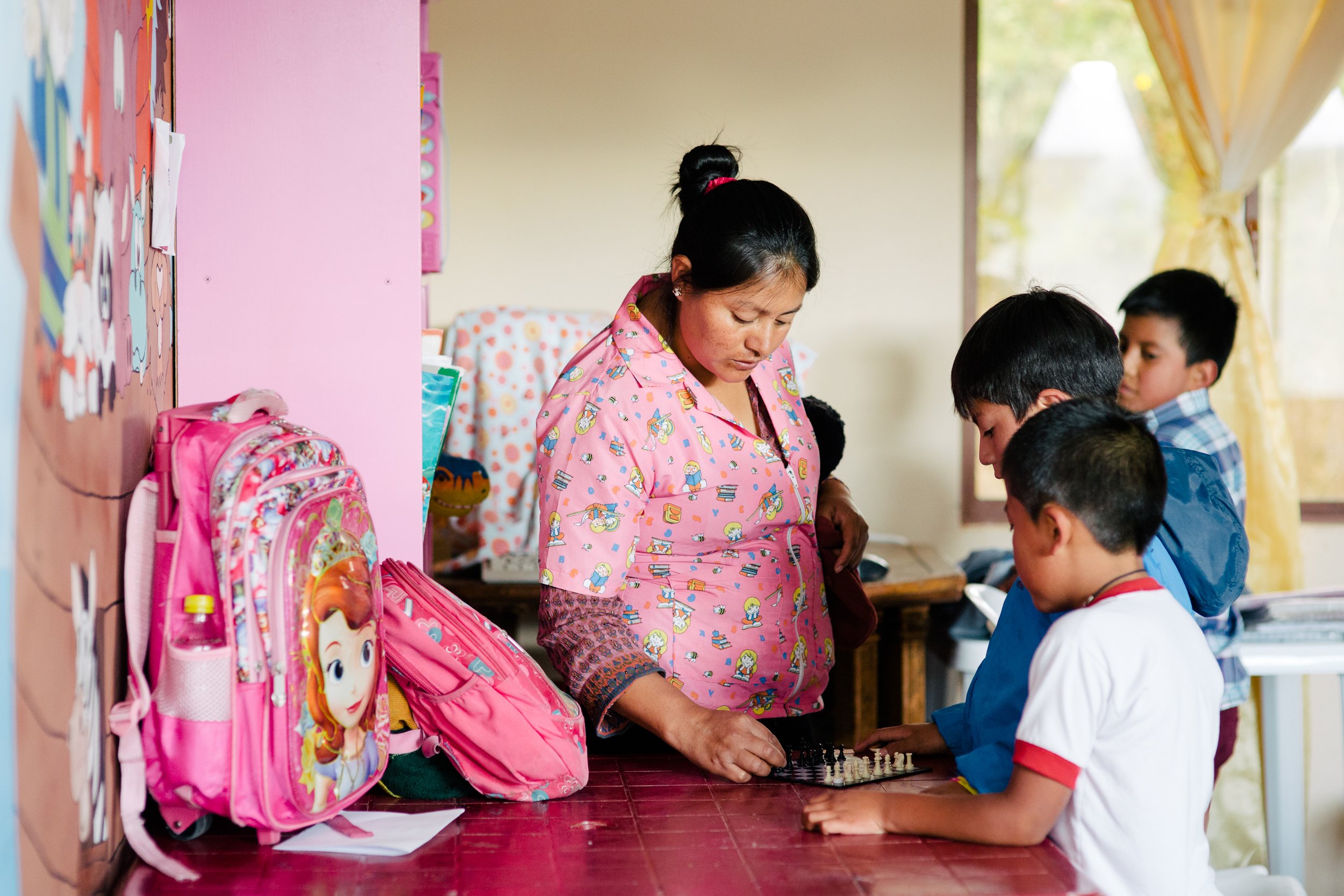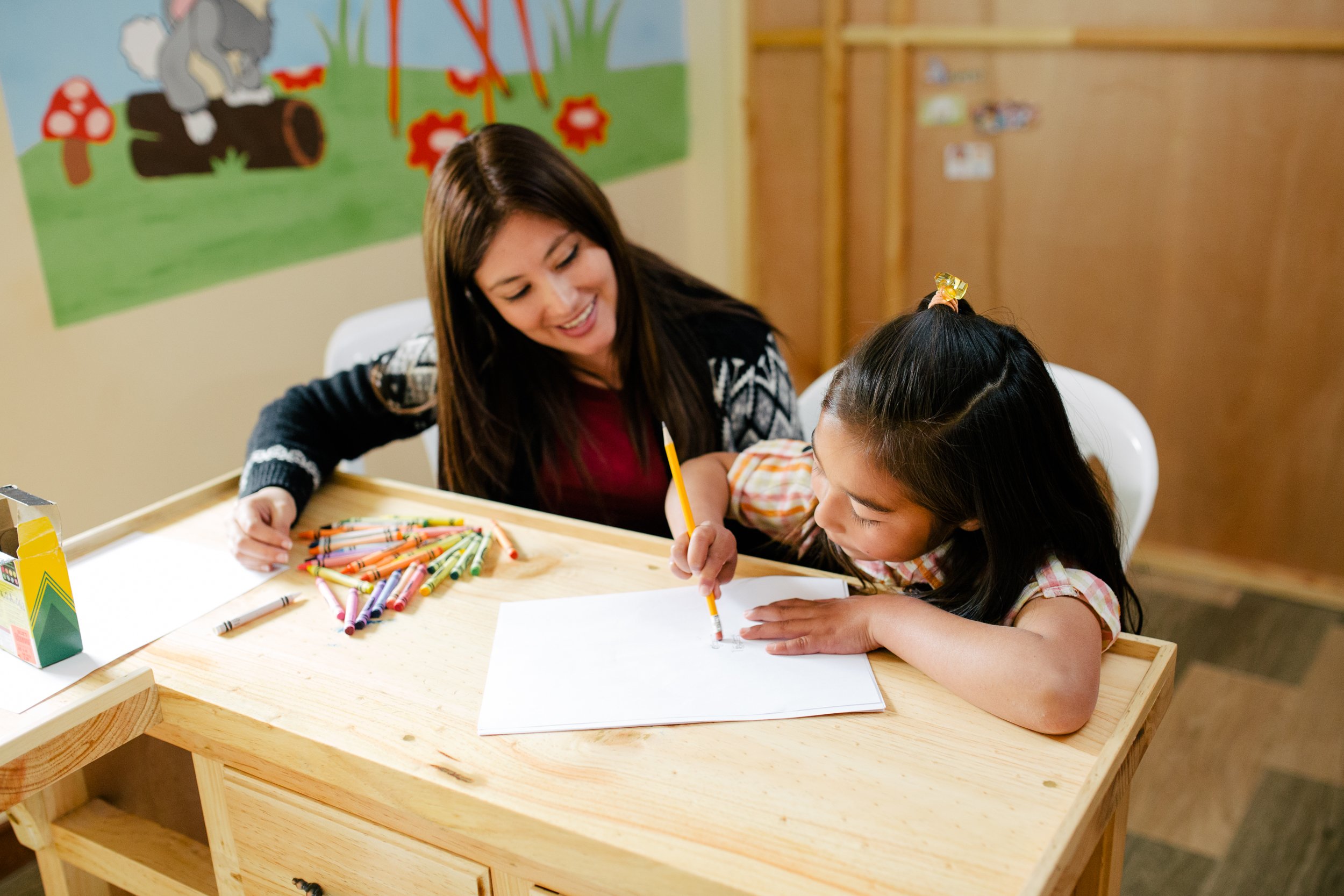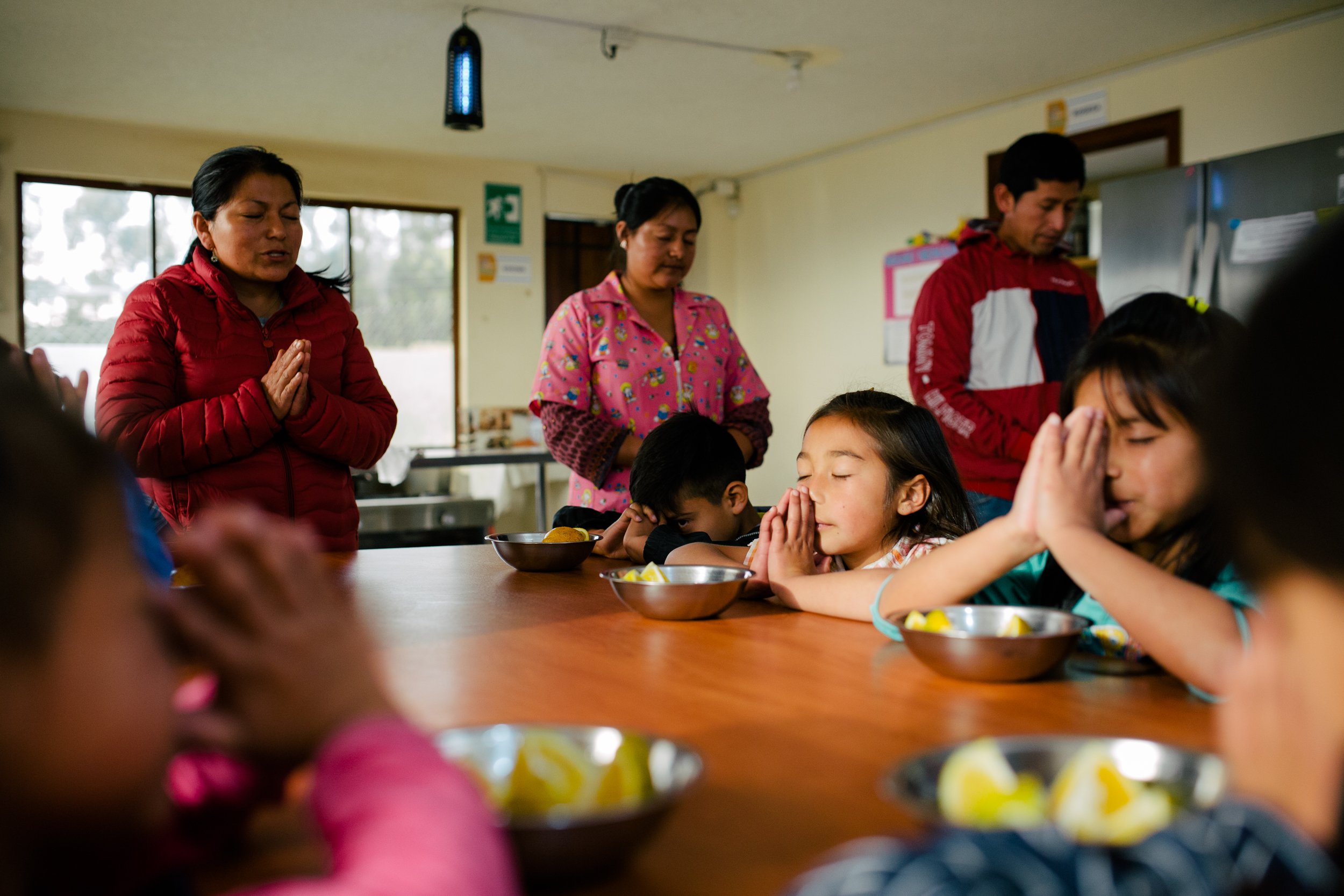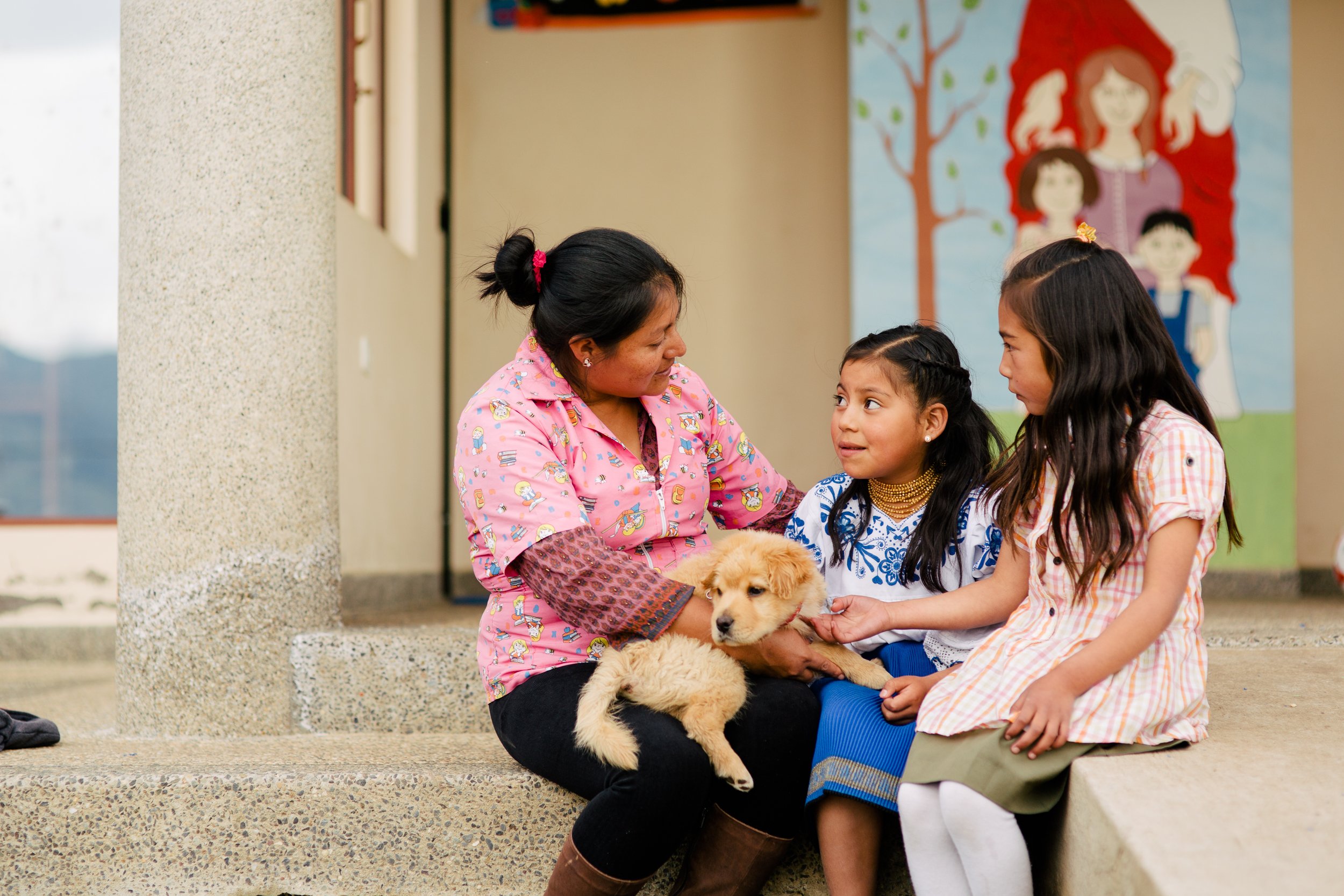Home for at risk children
There are four phrases that best describe the homes for at risk children:
well supported, high quality care, community focused and long-term sustainable.
The first Home for At Risk Children was established in Cayambe, Ecuador in 2015.
The Home operates as a foster care model and the goal is for each child to be reunited with their biological family if at all possible.
We are unique in that we do not offer traditional child sponsorships. It is one of our deepest desires to ruthlessly protect the childrens stories and theirs and their families privacy.
As an alternative to sponsoring a child, we would love for you to consider sponsoring: One Day in Ecuador. Just $24 a month will provide a child’s care for a Day in the Home. CLICK HERE TO LEARN MORE.
As The Santiago Partnerships become more and more self-sustaining we will open additional Homes all with the same goals. Keep scrolling to read more about them!
+ Well Supported
The homes will be well supported in that there will be a local Covenant congregation that partners with and ministers to each home. This church will view the home as one of its ministries and the house parents and children who live in the home will be a part of that congregation. In addition to the one local congregation, there will also be a surrounding district of Covenant churches that will be there to support the home and its ministries. Finally, the homes will be a part of project administered by F.A.C.E. and will have all of the support and expertise that F.A.C.E. provides, as well as the support of the I.P.E.E. denomination.
+ Community Focused
Each home will not only be internally focused in caring for the children, they will also be externally focused in the community around it. This is because the goal of the home is that each child be reunited with his or her family, which follows international standards adopted by UNICEF in following the Guidelines for the Alternative Care of Children adopted by the UN General Assembly in 2009. Now, in some situations of extreme abuse and misconduct, reunification with the child’s biological parents may not always be possible and be in the best interests of the child, but the goal is that the child be reunified with some family members that will love the child as their own. Each child will be legally court appointed to move to the home, and also to be returned to the family; thus the need for a lawyer, psychologist and social worker. These professionals will be serving not only the children in the home, but also their families, as the goal is reunification. In the same way, the partner church will be ministering to the home and their families as well as the broader community. The idea is that the home not only cares for the children inside of it but also the families and community around it.
+ High Quality Care
The homes will be able to offer a high level of care for the children in that the focus of the home is on quality and not quantity. The idea here is not to collect as many children as possible. Rather, the homes will provide care for up to 8 children. The homes will have a set of house parents that live in the homes with the children as their “foster parents,” as well at least two more additional workers that will provide everyday care. In addition to those who are taking care of the children day-in and day-out, the homes will also have the services of a social worker, a psychologist and lawyer.
+ Long-Term Sustainable
The homes are not a short-term project, established only to serve for a small period of time. Rather, the goal is that the homes be created and minister over the long haul. This is why each home will have a partner, local congregation as well as a supporting district of Covenant churches and the national Covenant denomination (I.P.E.E.). In addition to this ministerial support structure, the homes need to have a financial support structure. The Santiago Partnership will provide this initially, but the goal is that the homes will be one day be 100% self-sustainable. The idea is that micro-enterprises can be created in the homes that will generate revenue which will cover their expenses.


